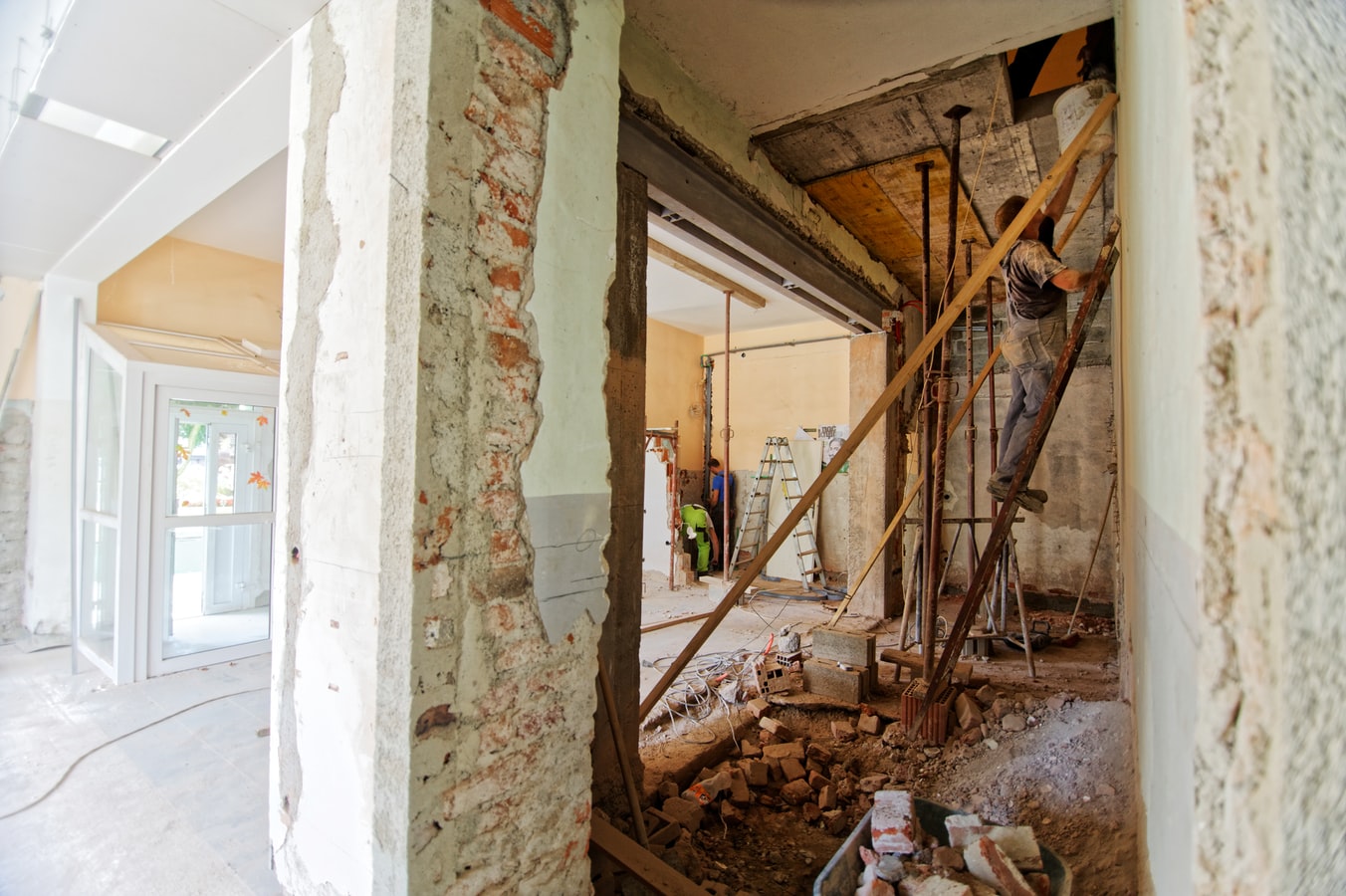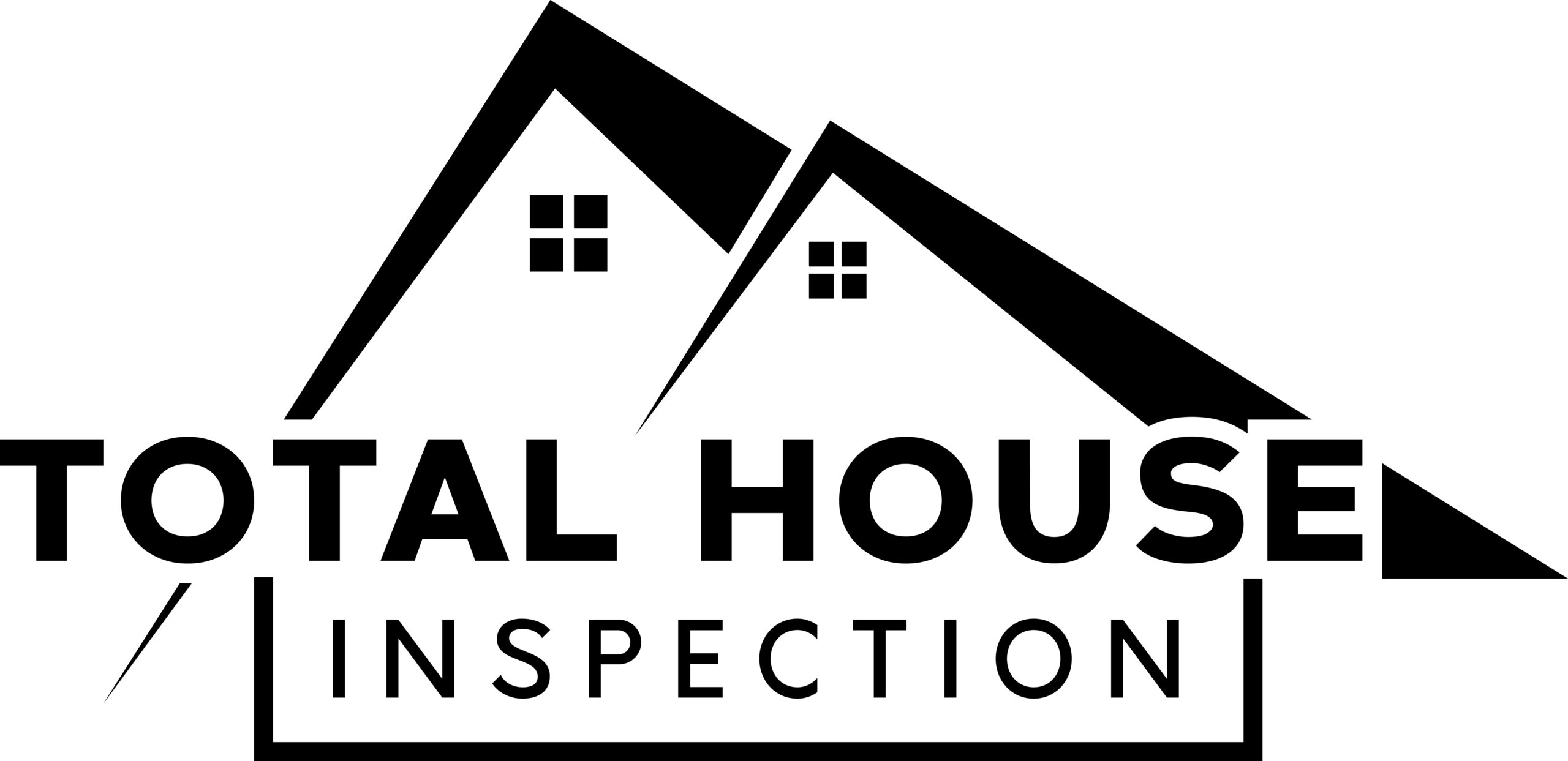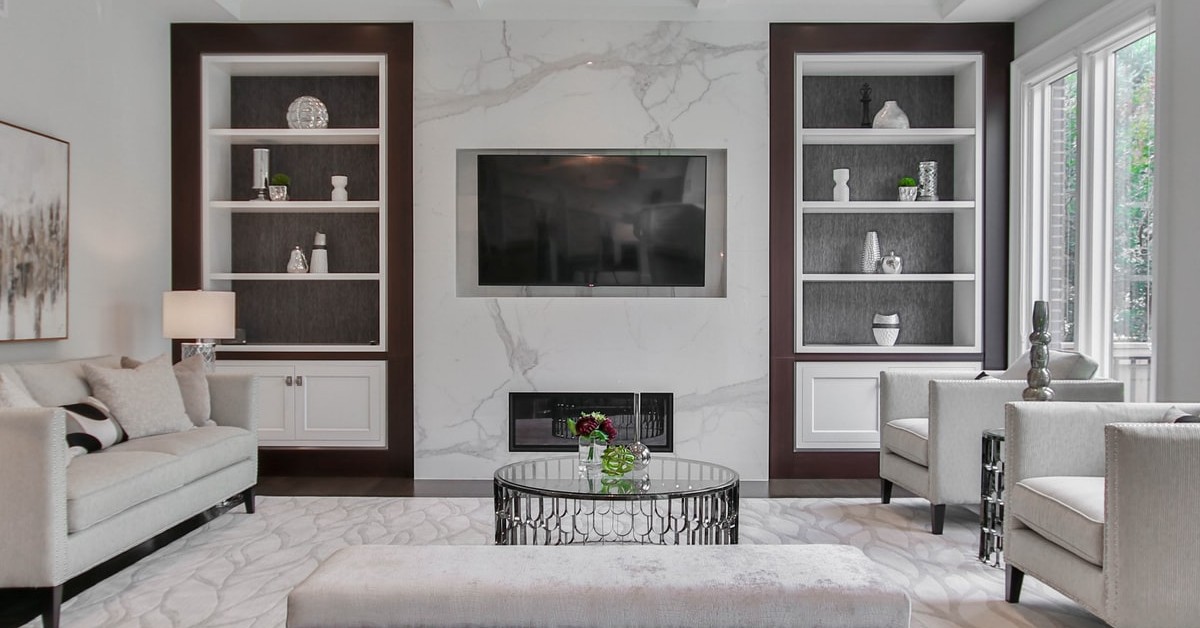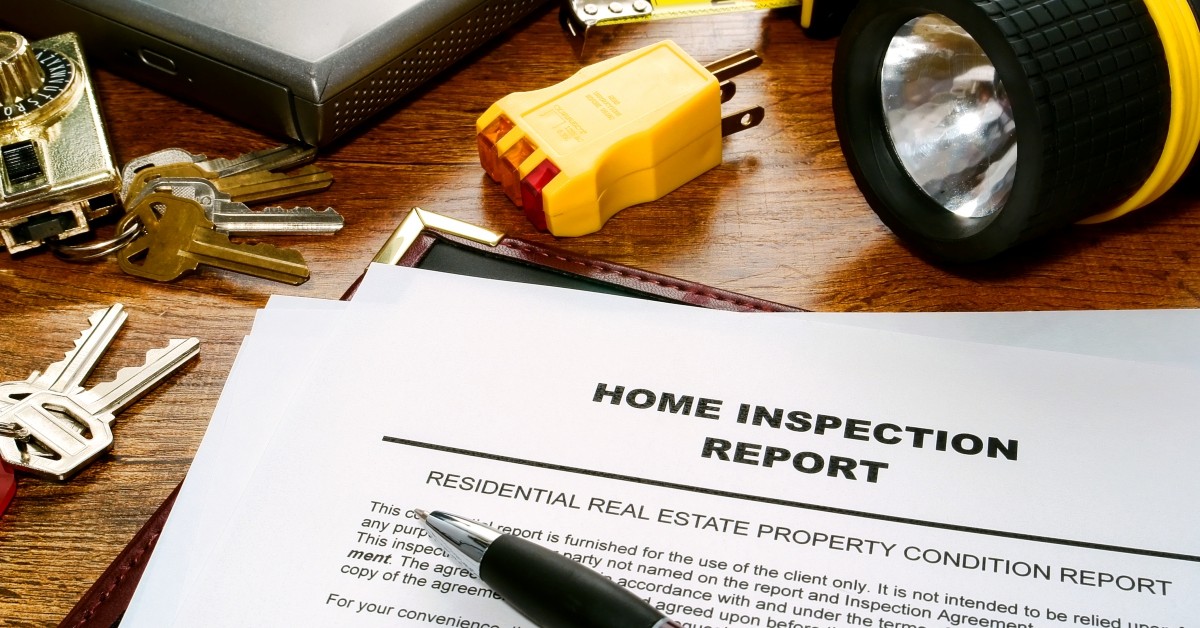
New Construction Home Inspections: What we look for.
When most people think of house inspections, they primarily think about us checking for things that have gone wrong with a house over time. Is the furnace still working? Is the roof still holding up to the elements? Has the cracked driveway caused any foundation problems in the garage? All of these deal with entropy and how things break down over time. But what most people don’t realize is just how much we’re looking for problems that might not just be due to aging.
As we’ve mentioned many times before, Total House Inspection does new construction home inspections in addition to property inspections for existing homes. Whether the house is still at the framing stages or has been around for 100 years, we’ll take a thorough look at it and make sure that it’s safe and up-to-code. And unfortunately, some of the problems that we find aren’t just due to a house aging. Sometimes it’s because the design or construction of the house wasn’t up to snuff in the first place. Other times it’s because a repair or “upgrade” to a house wasn’t done correctly and actually hurts the integrity of the house, causing a host of problems.
Let’s take a look at some of these problems and how a home inspector can make note of them so that everyone is well informed before a house changes hands.
During Construction
A surprising number of problems can go wrong during construction, which surprises many of the people we talk to. After all, a new home should be completely pristine, right? And since you’re paying $200,000, $300,000, or $400,000 or more for a home, you’d hope it would be right-next-to-perfect.
As we discussed in this article, a lot can go wrong during construction. Sometimes it’s because the builders cut corners and use lesser materials. Other times they’re moving too quickly (or require subcontractors to move too quickly). This can lead to problems throughout the house, especially if the ground wasn’t compacted properly before the foundation was poured.
Even if the house builders do everything perfectly, problems can still arise if the blueprints for the design of the house didn’t take best practices, or city codes, into consideration. For instance, bathroom fans might vent into the attic instead of being pushed outdoors. Freshwater and wastewater pipes can be put through garages, making them more likely to freeze and burst. A good house inspector will note problems that might cause problems in the future.
During Repairs / Renovations
A house that’s 20 years old or so will often start to have big problems. While it’s probably already seen the original water heater and a dishwasher come and go, 20 years is about the time when a new furnace, air conditioner, and/or roof is needed.
Even if the house was constructed properly in the first place, such repairs and replacements can often lead to problems. Hoses might not have been hooked up properly, leading to inefficiencies in the HVAC system. Replaced roofs might look good from a distance, but when you get up close there could be flashing problems that cause the water to drain improperly. New siding might look nice, but water leaking in could cause black mold to grow and spots to appear on the interior drywall.
Unfortunately, these renovations can end up causing more problems than if the original equipment was left in place! Home inspectors will check on all of these items, even if they were just installed last week. New doesn’t always mean perfect.
Add-Ons and Finishes
When a house is originally designed and built, it doesn’t have to account for anything that’s added onto it in the future. This attitude often means that adding anything onto a house can be difficult and cause problems. For instance, adding a deck to a house can lead to unexpected drainage from rain. If an awning is added, the way it attaches to the house could cause water pooling and rotting problems. Similarly, a concrete patio or pavers could change the grade of the landscaping and lead to a flooded basement via the lightwells.
Basements that were finished after the fact are another important part of a house inspection. While newly built houses will have a city inspector through to make sure everything is up to code, some people will finish their basement and never get the proper clearances to do so. This can lead to dangerous situations, whether it’s due to bad wiring, radon, HVAC, or something even more serious.
Home inspectors will take a careful look at anything that didn’t come “standard” with the house. Changes to a home — inside and out — all have to be taken into account when a house inspection report is made.
Wear and Tear
Sometimes it’s not a design flaw or bad workmanship that present a problem in a home; it’s just the passage of time and the normal wear and tear that have to be noted. Still, these are some of the most common problems that a home inspector will be looking for. In previous blogs, we’ve talked at length about what we look for when it comes to problems we find during home inspections; click here for a more detailed description.
Is There Something Wrong With Your Home?
Whether you’re the buyer of the house or the seller, it’s important to know everything that’s wrong with a home before you buy or sell. As we discussed above, these problems can creep up over time, can be the result of an addition to the home, or might have been hiding since the house was built.
If you’re looking for the best home inspection services in the Troy, Sterling Heights, or Rochester Hills area, Total House Inspection is ready to provide you with the reports you need. Click here to learn more or to set up an appointment with us.
Schedule Your Inspection Online! 24/7



